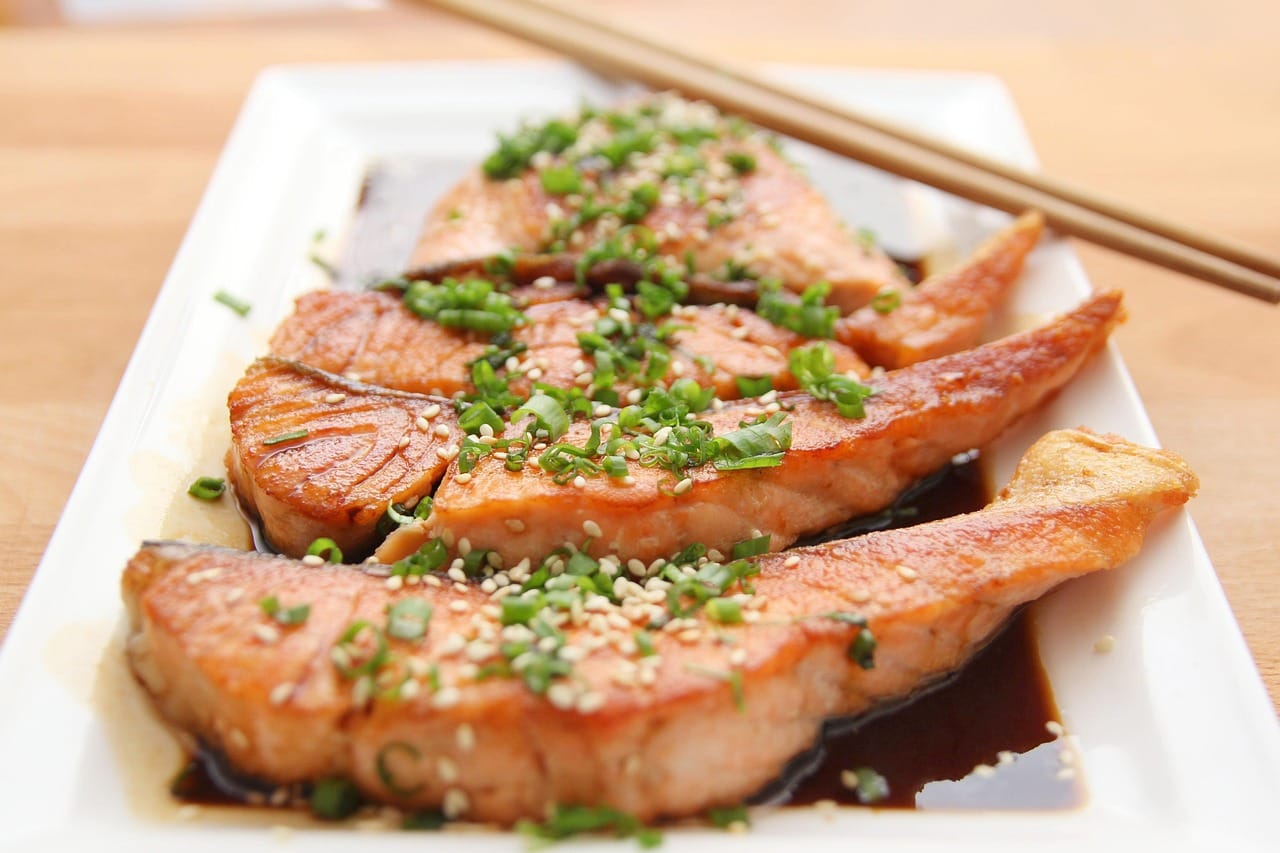Tofu stir fry is a weeknight staple for many, and for good reason! It’s quick, versatile, packed with protein, and a blank canvas for all your favorite flavors. From crispy tofu cubes to vibrant vegetables and a savory sauce, mastering the art of the tofu stir fry opens up a world of culinary possibilities. Whether you’re a seasoned vegan or just looking to incorporate more plant-based meals into your diet, this guide will provide you with everything you need to create delicious and satisfying tofu stir fries every time.
The Magic of Tofu: Choosing and Preparing It Right
Types of Tofu for Stir Fry
Choosing the right tofu is crucial for achieving the desired texture in your stir fry. Not all tofu is created equal! Here’s a breakdown:
- Silken Tofu: This type is best for smoothies, sauces, and desserts due to its soft and creamy texture. It’s not suitable for stir-frying as it will crumble easily.
- Soft Tofu: Similar to silken, but slightly firmer. Still not ideal for stir-frying.
- Firm Tofu: This is your go-to tofu for stir-fries. It holds its shape well and can be pressed to remove excess water, resulting in a chewier texture.
- Extra-Firm Tofu: Even denser than firm tofu, extra-firm tofu is excellent for stir-fries. It requires less pressing and crisps up beautifully.
- Practical Example: For a crispy tofu stir fry, opt for extra-firm tofu. If you only have firm tofu available, ensure you press it thoroughly.
Pressing for Success: Removing Excess Water
Pressing tofu is an essential step for achieving a desirable texture. The less water in the tofu, the better it will absorb flavors and crisp up in the pan.
- Manual Pressing: Wrap the tofu block in several layers of paper towels and place a heavy object (like a cast iron skillet or books) on top. Press for at least 30 minutes, changing the paper towels as they become saturated.
- Tofu Press: A dedicated tofu press provides consistent pressure, making the process easier and more efficient. Follow the manufacturer’s instructions for pressing time.
- Statistic: Pressing tofu can remove up to 1/2 cup of water from a single block, leading to a significantly crispier result.
Cubing and Marinating: Maximizing Flavor
Once pressed, cut the tofu into bite-sized cubes or desired shapes. Marinating the tofu before stir-frying infuses it with flavor and tenderizes it.
- Simple Marinade: Combine soy sauce (or tamari for gluten-free), rice vinegar, sesame oil, minced garlic, and grated ginger. Marinate the tofu for at least 15 minutes, or up to overnight in the refrigerator.
- Cornstarch Coating: Toss the marinated tofu with a tablespoon of cornstarch before adding it to the wok. This will create a crispy outer layer.
- Actionable Takeaway: Experiment with different marinade combinations to find your favorite flavor profile.
Building Your Stir Fry: Vegetables and Other Add-Ins
Choosing the Right Vegetables
The beauty of stir fry lies in its versatility. You can use almost any vegetable you like! Consider these options:
- Cruciferous Vegetables: Broccoli, cauliflower, cabbage, and Brussels sprouts are all great choices. They hold their shape well and add a satisfying crunch.
- Root Vegetables: Carrots, onions, and bell peppers offer sweetness and color.
- Leafy Greens: Spinach, kale, and bok choy add nutrients and wilt beautifully. Add them towards the end of cooking to avoid overcooking.
- Other Options: Mushrooms, snow peas, water chestnuts, and baby corn add unique textures and flavors.
- Practical Example: A colorful stir fry might include broccoli florets, sliced carrots, red bell peppers, and sliced mushrooms.
Preparing Vegetables for Even Cooking
To ensure that all your vegetables cook evenly, chop them into similar sizes and thicknesses. Harder vegetables like carrots and broccoli should be cut smaller than softer vegetables like spinach.
- Julienning: Thinly slice vegetables into matchstick-like pieces.
- Dicing: Cut vegetables into small cubes.
- Slicing: Cut vegetables into thin rounds or half-moons.
Adding Protein and Texture
While tofu is the primary protein source, you can also add other ingredients for variety and texture:
- Edamame: Shelled edamame adds a boost of protein and fiber.
- Peanuts or Cashews: Roasted peanuts or cashews provide a satisfying crunch and nutty flavor.
- Sesame Seeds: Toasted sesame seeds add a subtle nutty flavor and visual appeal.
- Rice Noodles or Noodles: Stir-fried noodles add a hearty, comforting element.
- Actionable Takeaway: Consider adding a variety of textures and flavors to create a more exciting and satisfying stir fry.
Mastering the Stir Fry Sauce
The Foundation of Flavor: Sauce Components
The sauce is what ties all the elements of a stir fry together. A good stir fry sauce typically includes these components:
- Soy Sauce (or Tamari): Provides a salty and umami base.
- Sweetener: Brown sugar, honey, maple syrup, or agave nectar balances the saltiness.
- Acid: Rice vinegar, lemon juice, or lime juice adds brightness and balances the sweetness.
- Thickener: Cornstarch helps to thicken the sauce and give it a glossy sheen.
- Aromatics: Garlic, ginger, and chili flakes add depth and complexity.
- Practical Example: A basic stir fry sauce recipe might include 2 tablespoons soy sauce, 1 tablespoon rice vinegar, 1 tablespoon brown sugar, 1 teaspoon cornstarch, 1 clove minced garlic, and 1/2 teaspoon grated ginger.
Customizing Your Sauce: Exploring Different Flavors
Don’t be afraid to experiment with different flavors to create your signature stir fry sauce.
- Spicy: Add sriracha, chili garlic sauce, or red pepper flakes for heat.
- Sweet and Sour: Increase the sweetener and add a splash of pineapple juice or rice wine vinegar.
- Peanut: Add peanut butter or peanut sauce for a rich and nutty flavor.
- Hoisin: Hoisin sauce adds a sweet and savory flavor.
- Actionable Takeaway: Taste and adjust your sauce to your liking. Add more sweetener, acid, or spices as needed.
Adding the Sauce: Timing is Key
Add the sauce towards the end of the stir-frying process, after the tofu and vegetables are mostly cooked. This prevents the sauce from burning and ensures that the tofu and vegetables are evenly coated.
- Pour the sauce evenly over the ingredients.
- Toss to coat.
- Cook for a minute or two, until the sauce thickens.
Stir-Frying Techniques: Achieving the Perfect Cook
Wok vs. Skillet: Choosing the Right Tool
While a wok is the traditional tool for stir-frying, a large skillet can also work well.
- Wok: The rounded bottom and sloped sides of a wok allow for efficient heat distribution and easy tossing.
- Skillet: A large skillet with high sides is a good alternative if you don’t have a wok.
High Heat is Essential
Stir-frying requires high heat to cook the ingredients quickly and evenly. This helps to maintain the crispness of the vegetables and prevent the tofu from becoming soggy.
- Preheat your wok or skillet over high heat before adding any oil.
- Use a high-heat oil like canola, vegetable, or peanut oil.
Stir-Frying in Batches: Avoiding Overcrowding
Overcrowding the wok or skillet will lower the temperature and result in steamed instead of stir-fried ingredients.
- Cook the tofu in batches, removing it from the wok or skillet once it’s browned.
- Add the vegetables in order of cooking time, starting with the hardest vegetables first.
- Actionable Takeaway: Avoid overcrowding the wok or skillet to achieve the best results.
Serving Suggestions and Variations
Perfect Pairings: Serving Suggestions
Tofu stir fry can be served in a variety of ways.
- Over Rice: A classic pairing that’s always satisfying. Choose white rice, brown rice, or jasmine rice.
- With Noodles: Serve over your favorite noodles, such as rice noodles, egg noodles, or udon noodles.
- In Lettuce Wraps: For a lighter option, serve the stir fry in crisp lettuce wraps.
- As a Filling: Use the stir fry as a filling for spring rolls or dumplings.
Flavor Variations: Keeping it Interesting
- Teriyaki Tofu Stir Fry: Use teriyaki sauce for a sweet and savory flavor.
- Kung Pao Tofu: Add peanuts, chili peppers, and Sichuan peppercorns for a spicy and numbing flavor.
- General Tso’s Tofu: Use a sweet and tangy General Tso’s sauce.
- Vegetable Medley Stir Fry: Use a variety of colorful vegetables like bell peppers, broccoli, carrots and snow peas.
- Actionable Takeaway:* Experiment with different sauces, vegetables, and toppings to create your own unique tofu stir fry variations.
Conclusion
Mastering tofu stir fry is a rewarding culinary journey. By understanding the nuances of tofu preparation, vegetable selection, sauce creation, and stir-frying techniques, you can create delicious, healthy, and versatile meals that will become a regular part of your cooking routine. So, grab your wok (or skillet!), gather your ingredients, and get ready to create a stir fry masterpiece! With a little practice and experimentation, you’ll be able to customize your tofu stir fries to your exact preferences, making them a guaranteed crowd-pleaser.




